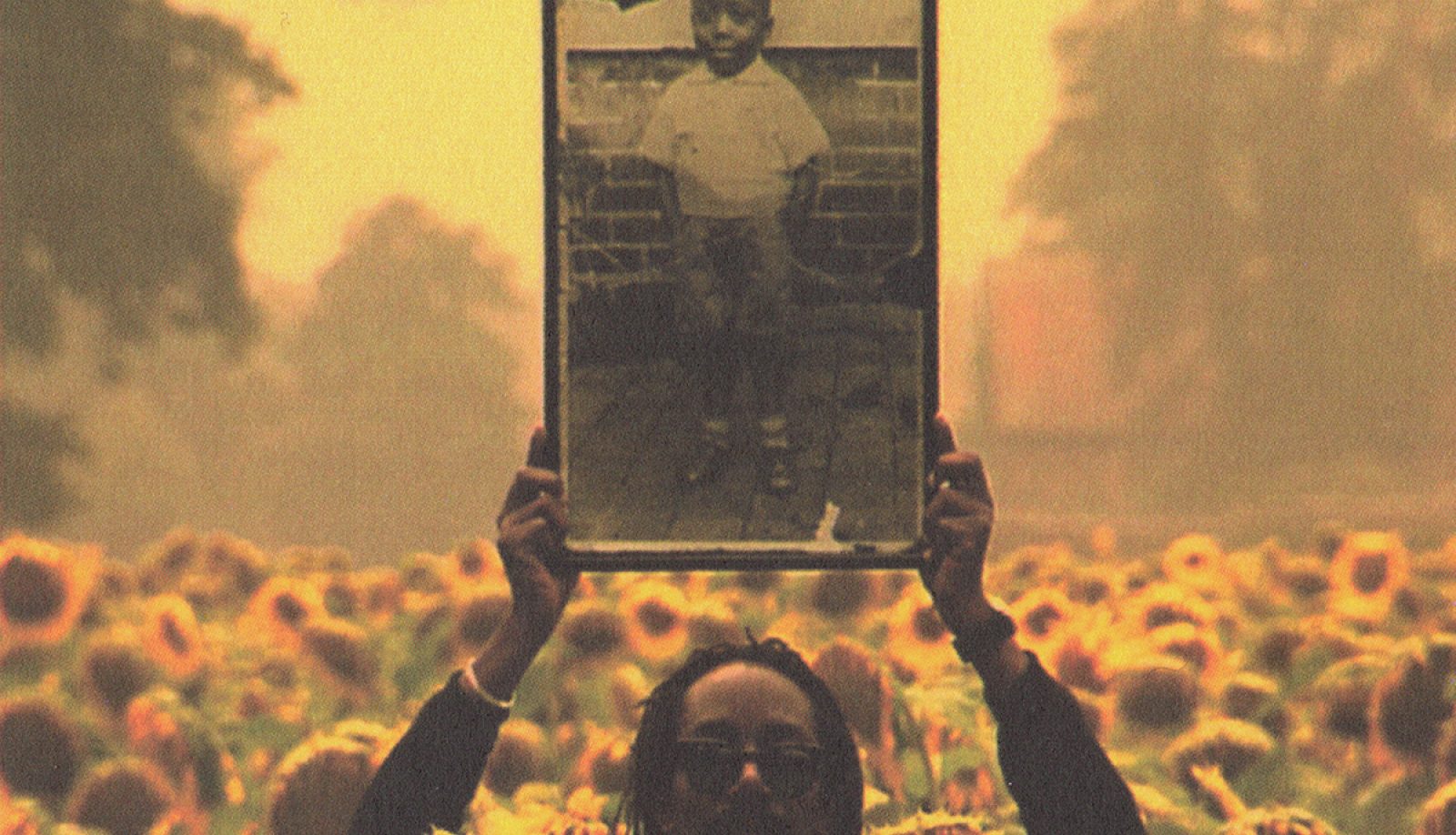Echoes of Dissent: Trevor Mathison

This programme is the first chapter of Echoes of Dissent, a trajectory that aims to counter the hegemony of the eye and the subsequent disregard for the ear by considering the relationship between cinema and politics from the perspective of sound. It is therefore only fitting to begin this journey by focusing on the striking work of a sound artist who is rightly considered by Gaylene Gould as “the quiet centrifugal force behind what we now recognise as a black British aesthetic”.
“Within the spectral temporality of the tape loop, the imperial anxieties of the early twentieth century resonate with the multiple fears of the present.” This is how Kodwo Eshun described the sound piece Trevor Mathison created for Expeditions, the very first work of the Black Audio Film Collective (1982-1998). With this impressive composition, which incorporates elements from dub and musique concrète as well as the industrial mantras of Cabaret Voltaire or the neo-Constructivist anthems of Test Department, Mathison set the tone for the soundtracks that he would subsequently provide for the films of the collective. It is no coincidence that the collective’s name places as much emphasis on “audio” as “film”, or that several of their titles — such as Handsworth Songs (1985) or Three Songs on Pain, Light and Time (1996) — refer explicitly to sonic processes: the auditory was at least as important as the visual in their multi-layered and pioneering explorations of notions of race, ethnicity, colonialism, diaspora, identity and memory. When asked why sound and music occupy such a prominent place, John Akomfrah, one of the members of the collective, replied, “because there is so much we can’t say without it.”
For Twilight City (1989), Mathison created a hypnotic aural landscape of repetitive textures and melancholic timbres that expresses the psychogeographical relief of the British capital in the grip of gentrification and segregation. In Who Needs a Heart (1991), a portrait of political exhaustion and racial drift in the 1960-70s, dialogue is exchanged for a composition of fragments from the work of jazz greats such as Ornette Coleman, Eric Dolphy and Anthony Braxton to evoke disharmony and dissonance. In The Last Angel of History (1996), Mathison’s mixture of wavering motifs and stuttering pulses accompanies a quest for the genealogy of Afrofuturism and its continuation within electronic music movements. In each case, Mathison produces deeply resonant sound worlds based on what he himself calls “post-soul noise”: “sounds that take their cue from pre-existing black musics... but they’ve been defamiliarised, put through a sonic box that renders them strange and unusual” (John Akomfrah).
After the dissolution of the Black Audio Film Collective, Mathison continued to work closely with Akomfrah, with whom he made numerous films and installations. With Anna Piva and Edward George, another former member of the collective, he formed the projects Flow Motion and Hallucinator, whose mutant techno dub featured on the leading record label Chain Reaction. Under the name Dubmorphology, he and Gary Stewart make installations that explore the relationship between culture, history and technology. He also recently produced the soundtrack for Garret Bradley’s America (2019), a reinterpretation of a forgotten history of African-American cinema.
Echoes of Dissent is produced by Courtisane, argos and Auguste Orts, in the context of the KASK and Conservatory School of Arts research project with the same title.
